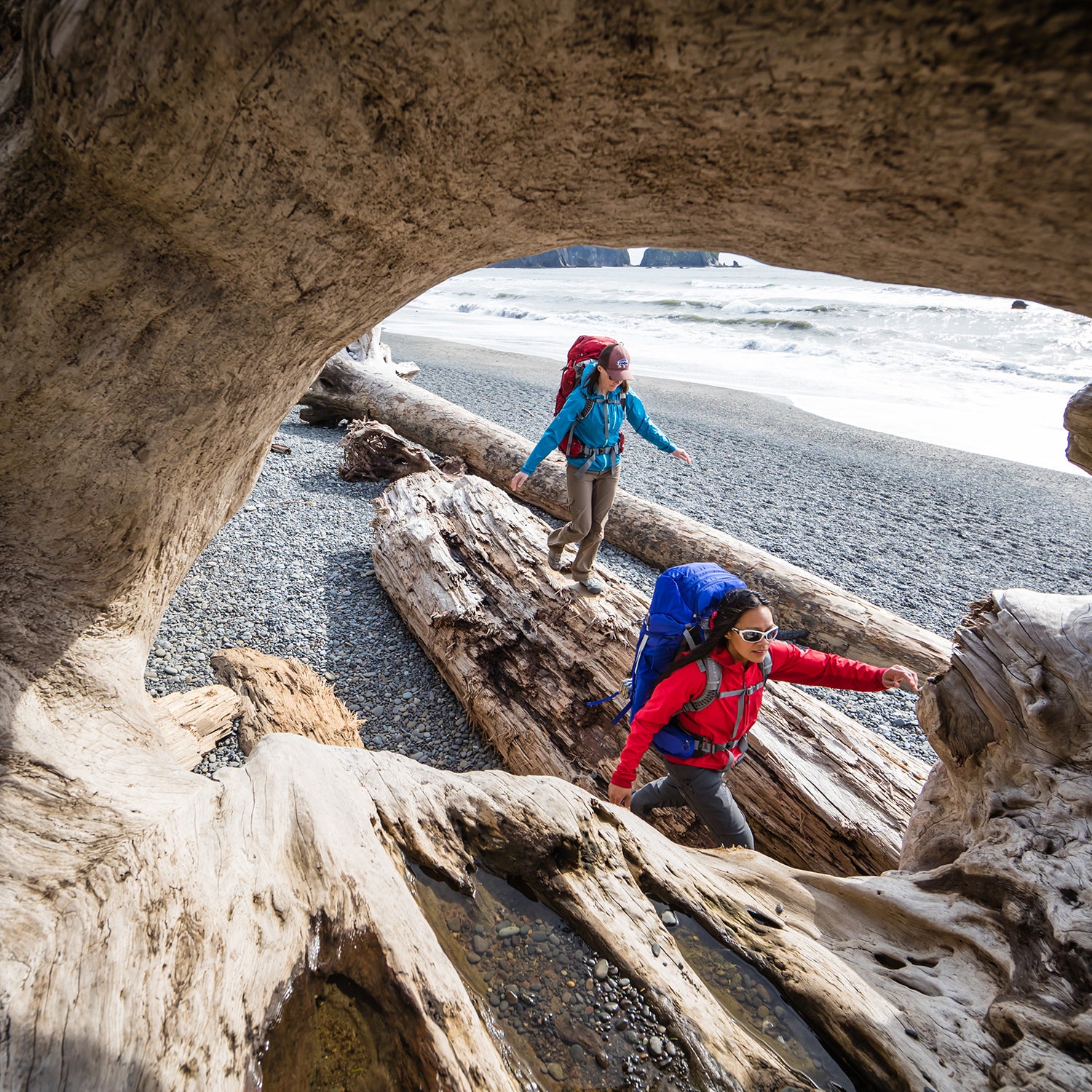�����ԹϺ���
When design director Cassie Tweed set out to improve the company’s flagship women’s backpack, she didn’t bring fit models into her lab. Instead, she invited some female friends to go backpacking with her in Utah’s Grand Gulch, about two hours west of Osprey’s headquarters in Cortez, Colorado.
That’s a fairly unusual way to design gear. Most companies send prototypes out with field-testers who can suss out product flaws and report back to HQ, or they assemble focus groups set up to tackle specific design problems. Pairing designers and users together on actual outdoor adventures is far less common, but Tweed felt that hiking alongside the women who wear her packs would provide the best insight into how those products should fit and perform.
It helps that Osprey has women on its leadership team. Along with Tweed, product manager Rosie Mansfield helped to lead the women’s backpacking trips. And the company knows that women aren’t niche buyers: 35 percent of the backpacking packs Osprey sells are women-specific.
The flagship backpacking pack Ariel AG, which debuted in spring 2017 and is offered in , , and -liter capacities, incorporated feedback from four women’s trips that Osprey organized throughout 2016. “If there was a pressure point on the back or hips, we checked if the pack was fitting correctly. If not, we made adjustments,” says Tweed. “And if the pressure was still there, then I made some design notes that we could incorporate into our next round of prototypes.”
That’s smart. Every time I go backpacking, I find that my pack fits and feels differently after a few miles, rendering the living-room test inaccurate. Osprey’s willingness to follow women onto the trail may explain why the Ariel AG is one of the most comfortable packs I’ve ever used. Part of that comfort comes from its unique load-bearing structure, which merges the backpanel and hip belt into one continuous section. That makes for an almost foolproof system that distributes the pack’s weight across your back and hips, rather than your hips alone.
Osprey also offers lots of customizaton options to boost comfort. You can swap out both the harness and the hip belt for one that’s bigger or smaller, which is great for short women who have broad hips (a small hip belt doesn’t always reach around a wide pelvis), as well as tall, slender women who find a medium hip belt too long. Take the hip belt to an Osprey retailer and they'll even bake it in a specialty oven for a custom-molded fit.
I didn’t have to make any of those alterations to make the Ariel AG feel great for me. But I love that Osprey is offering these options—and that it’s listening specifically to women. “Are we really doing the best we can with women’s specific packs?” Tweed asked her hikers. “Is there more to the story than just fit and aesthetics?”
“I don’t think women have unique design needs. They, like men, want a pack that fits their body,” she says.


